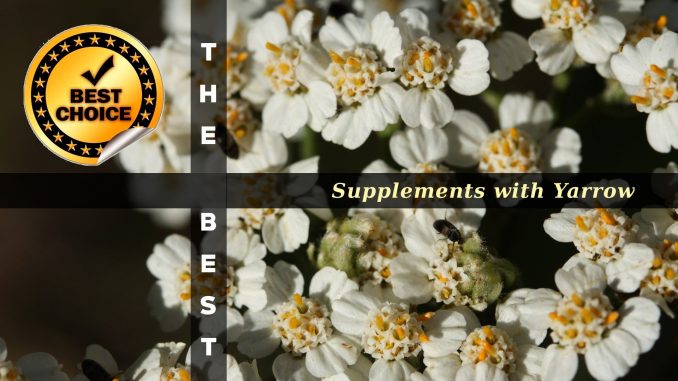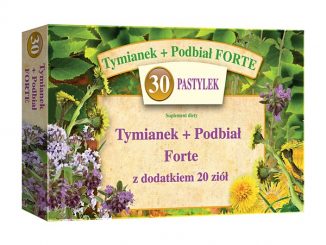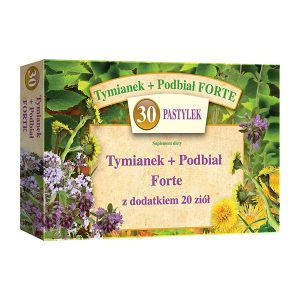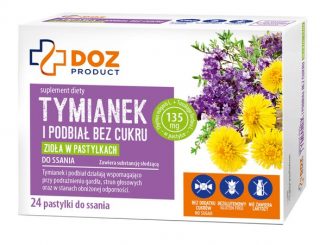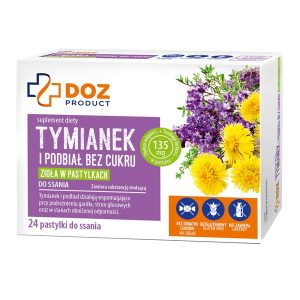The properties of Yarrow
Yarrow destroys parasites at every stage of development, cleanses them out of the body. It detoxifies, acts anti-hemorrhagically (hemostatic-leaf), anti-inflammatorilly (chamazulen-azulen), antibacterially, antifungally, astringently (tannins), cholagogically and stimulates appetite.
A. millefolium has seen historical use as in traditional medicine, often because of its astringent effects. The herb is purported to be a diaphoretic, astringent, tonic, stimulant and mild aromatic. It contains isovaleric acid, salicylic acid, asparagin, sterols, and flavonoids. The genus name Achillea is derived from mythical Greek character, Achilles, who reportedly carried it with his army to treat battle wounds. This medicinal use is also reflected in some of the common names mentioned below, such as staunchweed and soldier’s woundwort.
Traditional names for A. millefolium include arrowroot, bad man’s plaything, bloodwort, carpenter’s weed, death flower, devil’s nettle, eerie, field hops, gearwe, hundred leaved grass, knight’s milefoil, knyghten, milefolium, milfoil, millefoil, noble yarrow, nosebleed, old man’s mustard, old man’s pepper, sanguinary, seven year’s love, snake’s grass, soldier, soldier’s woundwort, stanchweed, thousand seal, woundwort, yarroway, yerw. The English name yarrow comes from the Saxon (Old English) word gearwe, which is related to both the Dutch word gerw and the Old High German word garawa.


























































